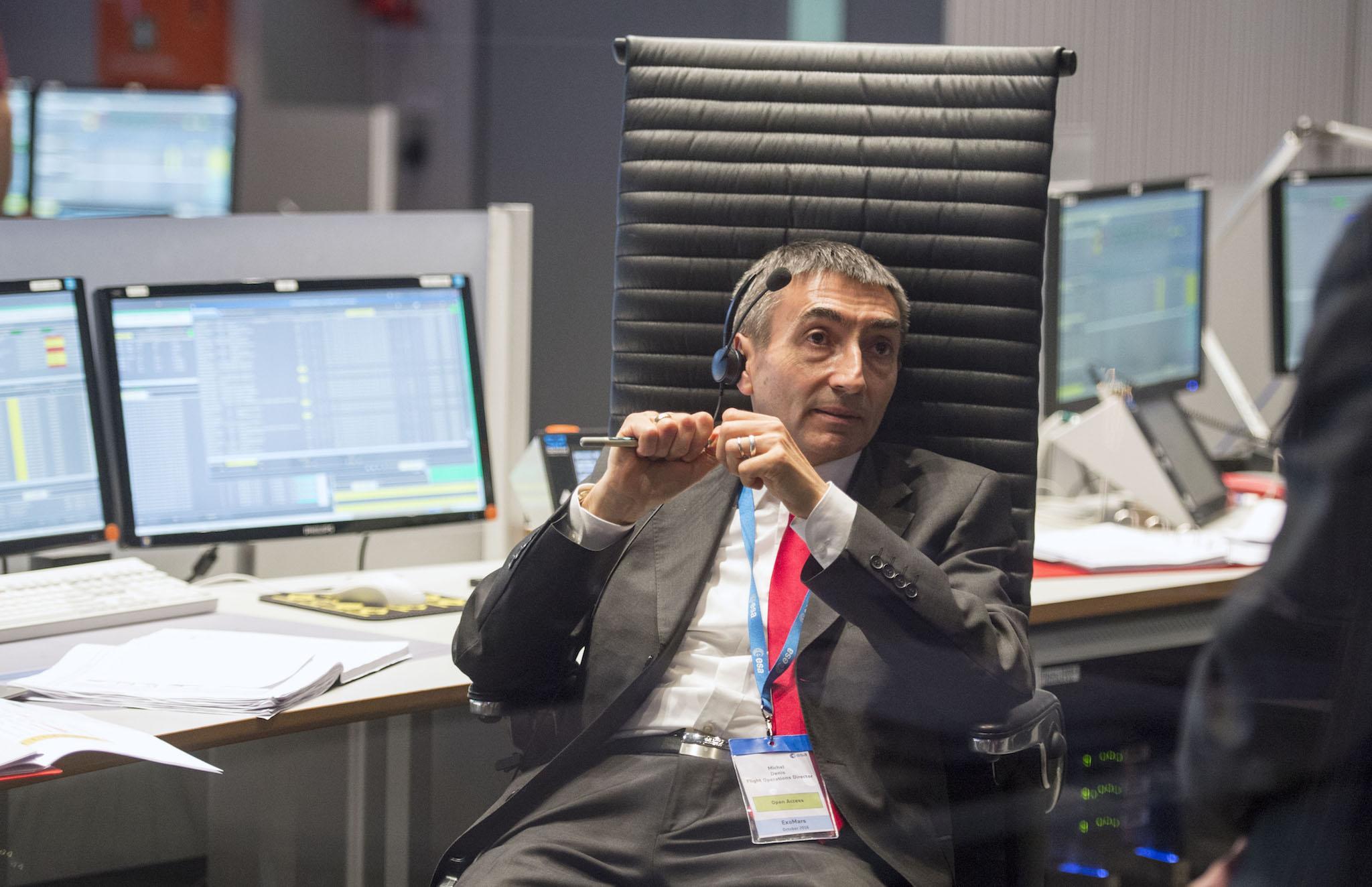ExoMars mission hears back from orbiter, indicating that probe landed on Mars
Scientists had initially worried that the robot had been lost – which had ominous echoes of the failure of the Beagle 2

Your support helps us to tell the story
From reproductive rights to climate change to Big Tech, The Independent is on the ground when the story is developing. Whether it's investigating the financials of Elon Musk's pro-Trump PAC or producing our latest documentary, 'The A Word', which shines a light on the American women fighting for reproductive rights, we know how important it is to parse out the facts from the messaging.
At such a critical moment in US history, we need reporters on the ground. Your donation allows us to keep sending journalists to speak to both sides of the story.
The Independent is trusted by Americans across the entire political spectrum. And unlike many other quality news outlets, we choose not to lock Americans out of our reporting and analysis with paywalls. We believe quality journalism should be available to everyone, paid for by those who can afford it.
Your support makes all the difference.The European Space Agency appears to have determined that its Schiaparelli probe has landed on Mars.
Scientists had feared that the crucial robot – which was intended as a demonstration of the technology used for landing, as well as to test theories about the potential of life on Mars – was lost, because it did not send back an initial message to say that it was safe.
But the ESA now says it has received a signal back about the probe from Mars Express, a craft orbiting the red planet. But the scientists said that it was too soon to confirm that this meant the lander had arrived on the planet safely.
There were celebrations at ESA headquarters when the message came through, indicating that the mothership had successfully inserted itself into orbit after a 139-minute engine burn. But there was still no news on whether Schiaparelli had made it safely to the ground, as efforts continued to process the data from Mars Express.
The important moment will come when Schiaparelli tries to make contact with Nasa's Mars Reconnaissance Orbiter. If it is able to, then the orbiter will be able to send a message back to Earth indicating the status of the lander, potentially allowing it to start communicating with Earth.
Don McCoy, the manager of the ExoMars project of which the two craft are part, said some data had been received from the lander confirming its entry and the deployment of its parachute. More information was expected later on Wednesday.
“We can't conclude the real status [of Schiaparelli] at the moment but indeed it did enter the atmosphere,” Mr McCoy said at mission control in Darmstadt, Germany.
Landing a spacecraft on Mars is notoriously difficult and several past missions have failed, including the ESA's previous attempt in 2003 with the rover Beagle 2. It made it to Mars but its solar panels did not unfold properly, preventing it from communicating.
The Schiaparelli probe left its mothership on Sunday and has been making its way to the surface of the planet ever since.
Although the probe has some instruments on board – and will use one of them to test a potential signal of life on the planet – its main job is as a test of the landing system for a much bigger ExoMars mission that's expected to launch in 2020.
That landing system sees it initially slow down as a result of the friction from the heat shield. It then deploys a parachute about seven miles above the planet to slow it down even more, and fires rockets soon after that.
Once the landing maneuvres are all complete the rockets switch off and the probe drops all of the rest of the way to the surface.
Join our commenting forum
Join thought-provoking conversations, follow other Independent readers and see their replies
Comments